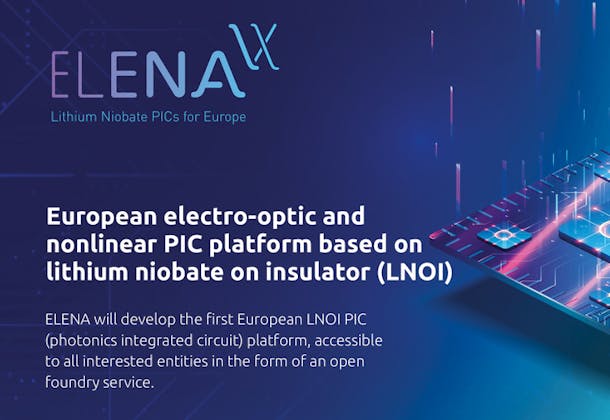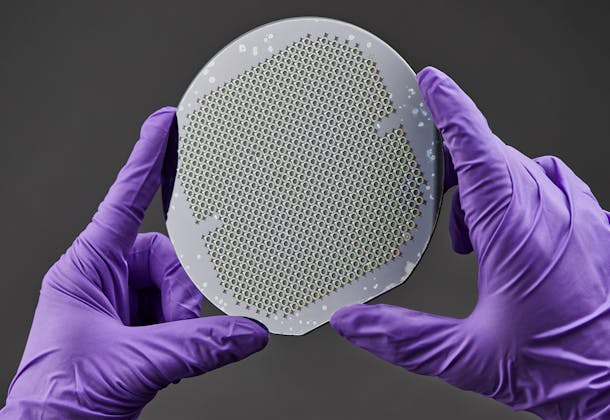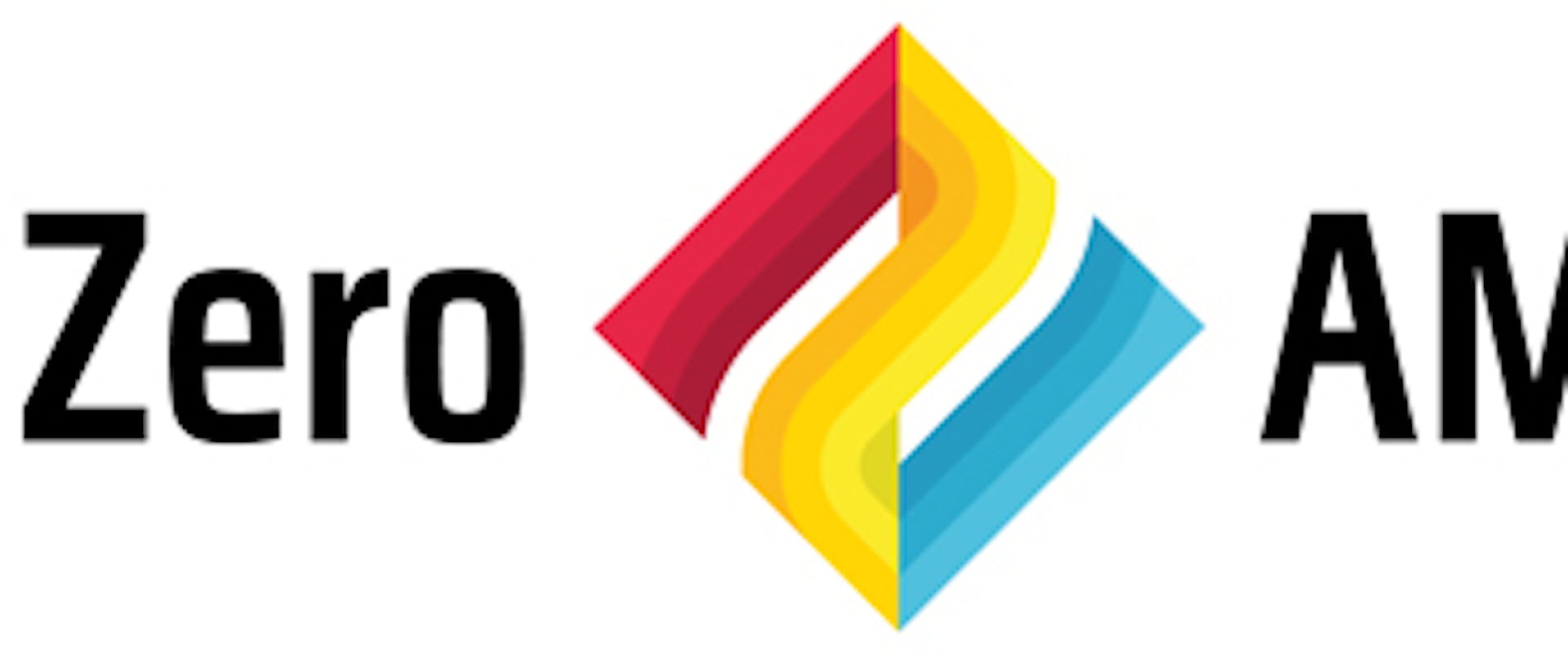Press release
Related Press

13 May 2025
First production-ready TFLN photonic foundry emerges from CSEM spin-off
CCRAFT, a CSEM spin-off, launches the first production-ready foundry for TFLN photonic chips—powering next-generation optical communication, AI, and quantum technologies with ultra-fast, energy-effici...

14 February 2022
H2020 Project ELENA
The ELENA project promises to benefit the entire photonics sector by developing the first European lithium niobate on insulator (LNOI)-based platform for photonic integrated circuits (PICs) and establ...

27 June 2022
New miniature atomic watches will soon hit the market
The EU-funded macQsimal project, coordinated by CSEM as part of the EU's FET Flagship on Quantum Technologies program, has now drawn to a close, after leading to some promising discoveries. ...
